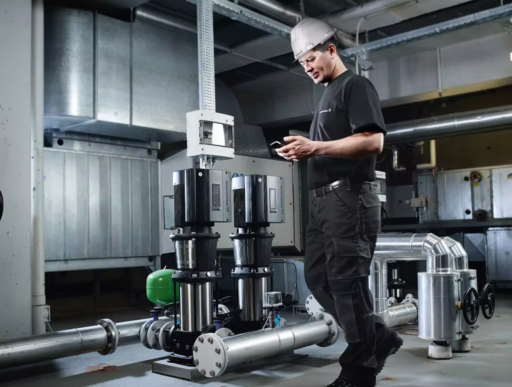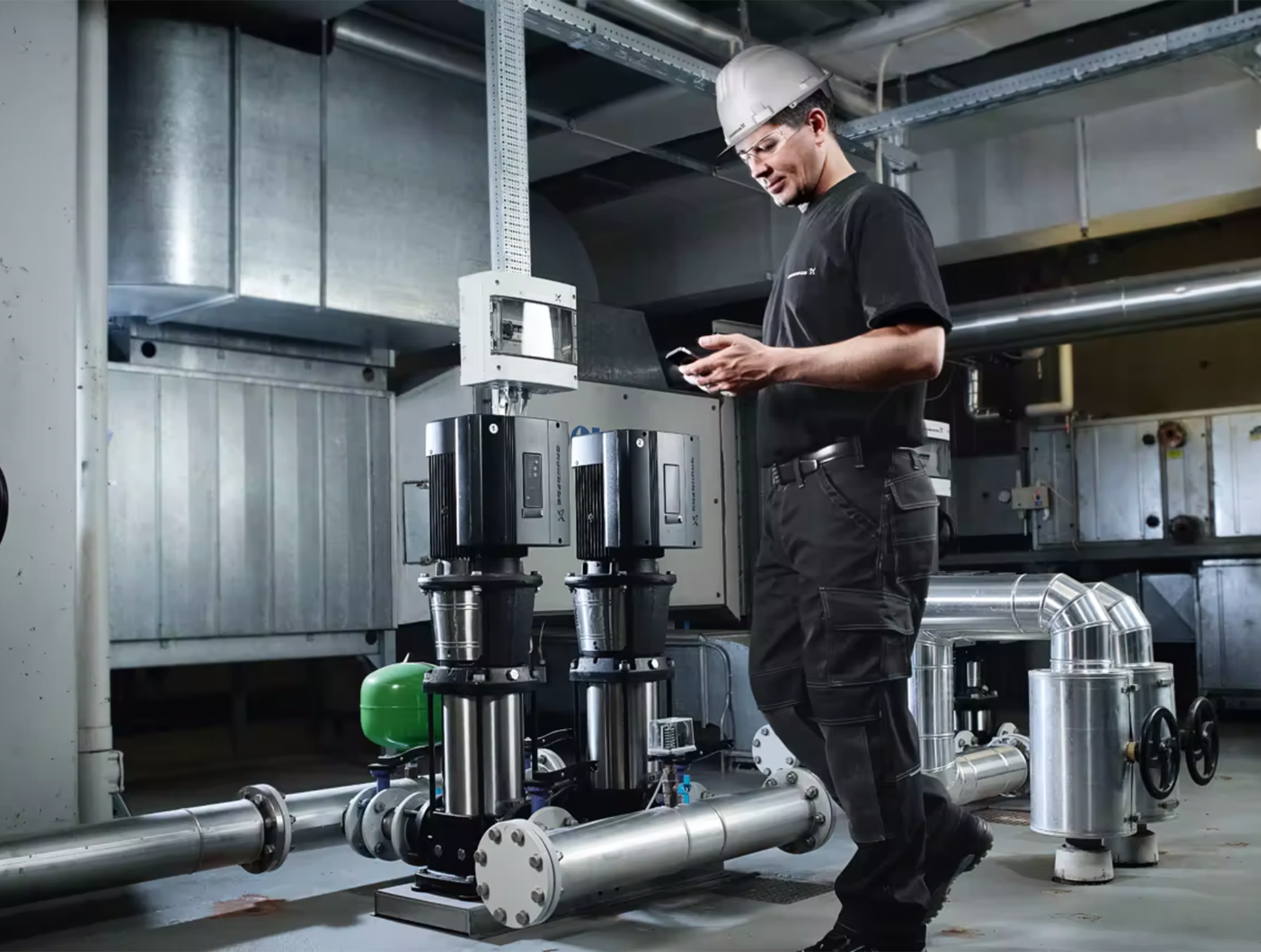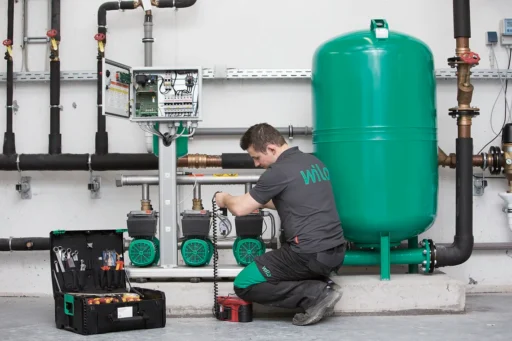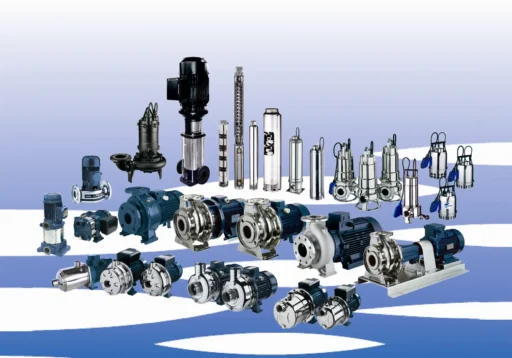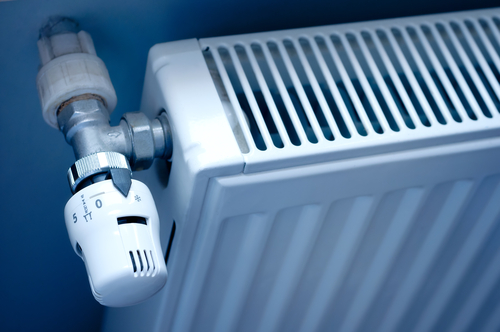Motor efficiency is a key factor in making pumps more efficient overall and in saving energy when they’re running. Get this right, and you can save money over the whole life of the pump and its motor – this can add up to a significant cost saving over time. However, it’s difficult to put together a package that will perform at maximum efficiency, so you may want to look at packaged pump systems when you’re considering motor efficiency. With these kinds of systems, every component has been designed to work in harmony with the other components to deliver motor, and therefore pumping, efficiency.
There are four main issues which can have an effect on how efficient a motor is:
Loading
The motor should only be run at below 50% of its capacity for short periods. Because most pumps operate with a variable load, a key method of improving energy-efficiency is to make sure that the variable-load mechanism works effectively. Temperature, pressure, the required flow and a number of other factors may mean that the motor speed needs to be adjusted. There are various ways of doing this, and many of the newer motors can improve energy-efficiency by electronically monitoring and adjusting the load.
Speed
There’s a relationship between the speed of the motor and its efficiency, and it’s not always obvious – lower RPMs can be more efficient than higher RPMs, and the motors can last longer. Standard pumps are either off or on and running at full speed. The new “intelligent” pumps available in some packaged pump systems can control the speed of the motor to match the demand on it.
Size
Motors that are too big for the job they are doing, and therefore under-loaded, don’t run efficiently. A smaller motor that is being run at a higher load is operating more efficiently than a bigger motor that is running below capacity. The smaller motor therefore uses less energy. The larger the motor, the more it is going to cost to run, so you need to measure how much pump power you actually need. Decreasing hydraulic resistance in the circulation system of a swimming pool, for example, will mean that the pump doesn’t need to work so hard. Pipe and filter size can make a difference here.
Class
Motors rated as highly energy-efficient tend to run at a slightly higher speed for a given load. These motors take advantage of new materials that are available which can be used in improved designs to deliver greater efficiency. When a motor fails, it is generally more cost-effective to replace it with a high-efficiency model than to repair the existing motor, because the repair itself may reduce the efficiency of the existing motor.
Packaged Pump Systems – Improved efficiency
All of these factors interact, so one of the ways of running, say, a more efficient swimming pool pump, is to use a high-efficiency pump with a smaller motor and to run it less frequently. To find out more about how to take advantage of the efficiency features of the latest packaged pump solutions, contact our experts at Pump Sales Direct, who can talk you through the options that will best fit your installation.

